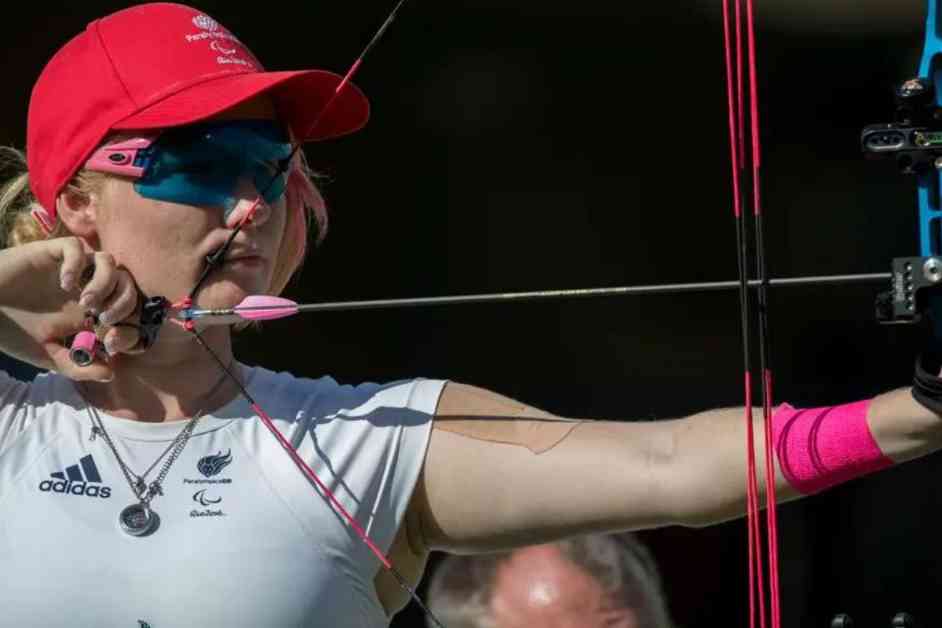Archery at the Olympics is a sport that embodies the values of patience, precision, and concentration. While events like running, swimming, and gymnastics often steal the spotlight, archery has been a regular fixture at the Olympics since 1972. The origins of archery can be traced back to as early as 10,000 B.C., when it was used for hunting. Over time, it evolved into a competitive sport that requires skill, focus, and technique.
History and Evolution of Archery
Archery, derived from the Latin word ‘arcus’, meaning bow, has a rich history that dates back thousands of years. In ancient civilizations, archery was a crucial skill for hunting and warfare. The bow and arrow were used by various cultures around the world, from the Egyptians to the Chinese. In medieval Europe, archery played a significant role in battles and tournaments.
As societies evolved, archery transitioned from a necessity to a recreational activity and eventually to a competitive sport. The modern form of archery we see today has strict rules and regulations to ensure fair competition. Archers now use technologically advanced equipment, such as compound bows and carbon arrows, to enhance their performance.
Rules and Format of Archery at the Olympics
At the Olympics, archery is a test of skill and precision. In the individual event, archers shoot 72 arrows in the qualification phase to determine their rankings for the matchplay phase. During matchplay, archers compete in best-of-five sets, with each set consisting of a predetermined number of arrows. The archer with the better aggregate score earns two points for winning a set, while a drawn set awards each archer one point.
For individual events, three arrows make up a set, while it is four arrows for mixed team events and six arrows for team events. The first archer or team to accumulate six points wins the matchplay, with the losers being eliminated. In case of a tie after five sets, a tie-breaker is used to determine the winner based on the closest arrow to the target.
Notable Olympic Archers and Achievements
South Korea’s Kim Soo-Nyung stands out as one of the most successful Olympic archers, with four gold medals to her name – one individual and three team. She also has an individual silver and bronze from her impressive performances at the Summer Games. On the men’s side, American Darrell Pace has twice claimed the individual gold medal, in 1976 and 1984, along with a team silver.
South Korea has dominated the Olympic archery scene, winning a total of 27 gold medals, nine silvers, and seven bronzes. The nation’s success in the women’s team event is particularly noteworthy, as they have secured all the gold medals since its introduction in 1988. The dedication and talent of South Korean archers have solidified their reputation as powerhouses in the sport.
In conclusion, archery at the Olympics is a captivating display of skill, precision, and focus. As one of the oldest sports in history, archery has stood the test of time and continues to thrive as a competitive discipline. The values of patience, precision, and concentration that archery embodies make it a unique and compelling event to watch at the Olympics.





















